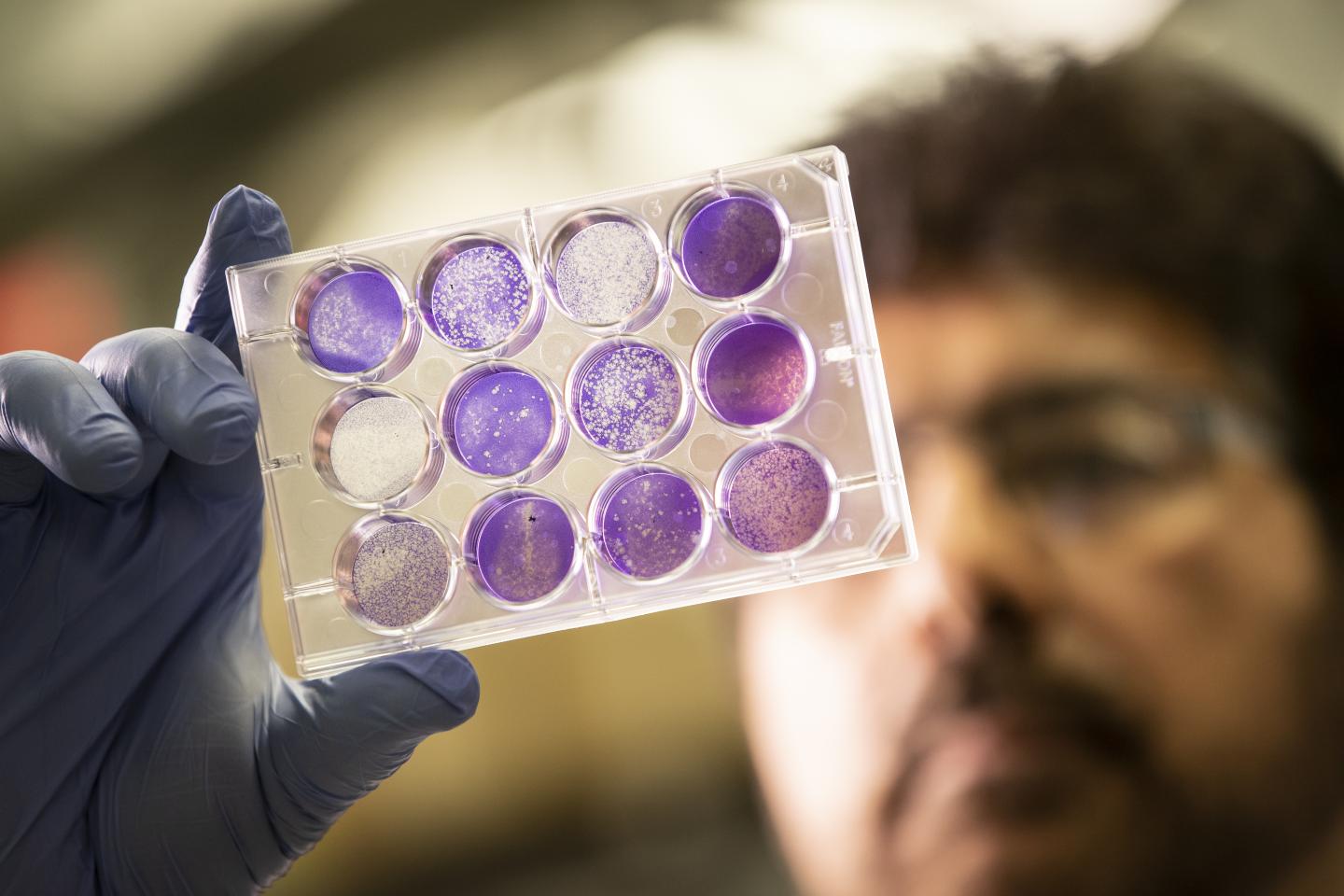Gel-based vaccine storage could improve access in high-temperature areas
Researchers have developed a unique vaccine storage method that uses a mixture of two sugars — pullulan and trehalose — to form a gel. According to research published in Scientific Reports, this cost-effective gel was able to store DNA and RNA viral vaccines at temperatures of up to 40°C for several weeks.
The researchers wrote that most vaccines, especially those made with live viruses, currently require storage between 2°C and 8°C at all times to remain efficacious. The method of using the gel could be beneficial for vaccination programs in the developing world, where cold chain storage can create a “tremendous financial and logistical burden.”
“You can spend all kinds of money developing a vaccine, but if it is deactivated by high temperature an hour before you can give it to someone, it doesn’t matter,” study researcher Ali Ashkar, DVM, PhD, professor of pathology and molecular medicine at McMaster University, said in a press release.
For some time, researchers have been working to overcome the challenges of vaccine storage. Findings presented last year at the Annual Meeting of the American Crystallographic Association showed that a metal-organic framework, which freezes proteins in place inside the vaccine, kept the them active for a longer period in warmer environments.

Ashkar and colleagues tested the gel mixture in a live-attenuated herpes simplex virus type 2 vaccine. The vaccine was effective after being stored for at least 2 months at 40°C. The researchers also examined the efficacy of an inactivated influenza vaccine (IIV) after using the gel storage method. IIV remained effective after being stored for at least 3 months at the same temperature.
The researchers noted that all components of the gel are already approved by the FDA, which could simplify the path needed for commercialization.
“All the pieces are ready to go,” Carlos Filipe, PhD, chair of chemical engineering at McMaster University, said. “It’s actually quite simple compared to the technology required to create a vaccine itself.”
According to the release, the researchers are currently working with a commercial partner to make this technology available on the market. – by Katherine Bortz
Disclosures: The authors report no relevant financial disclosures.
